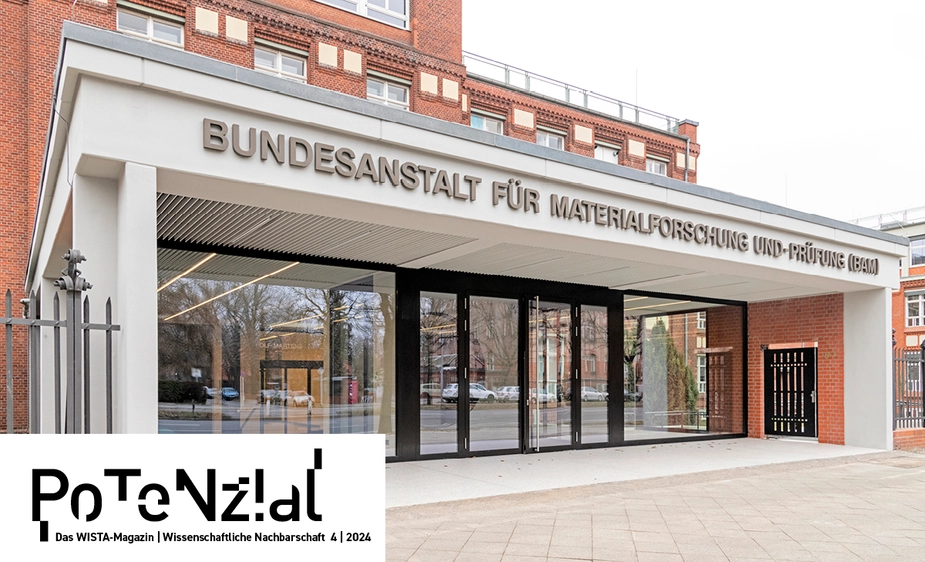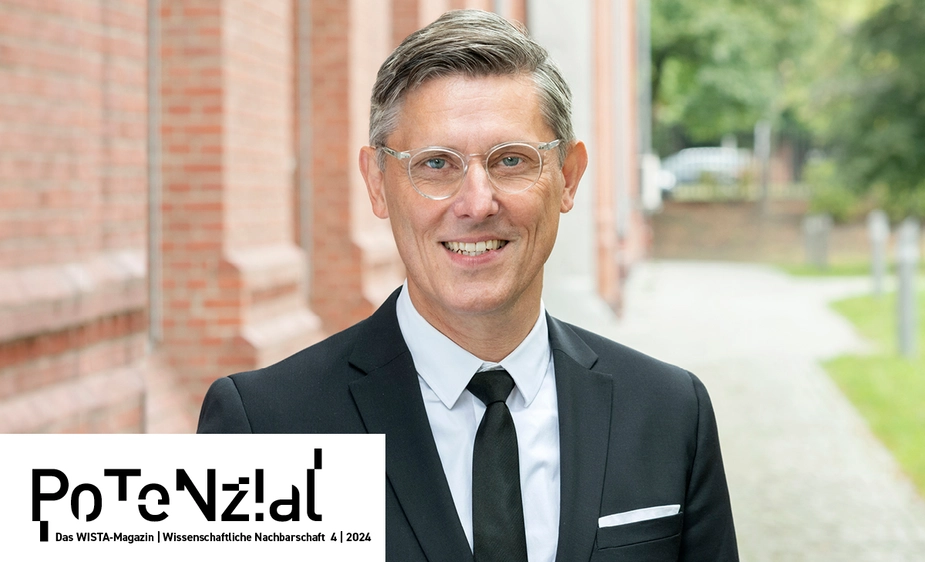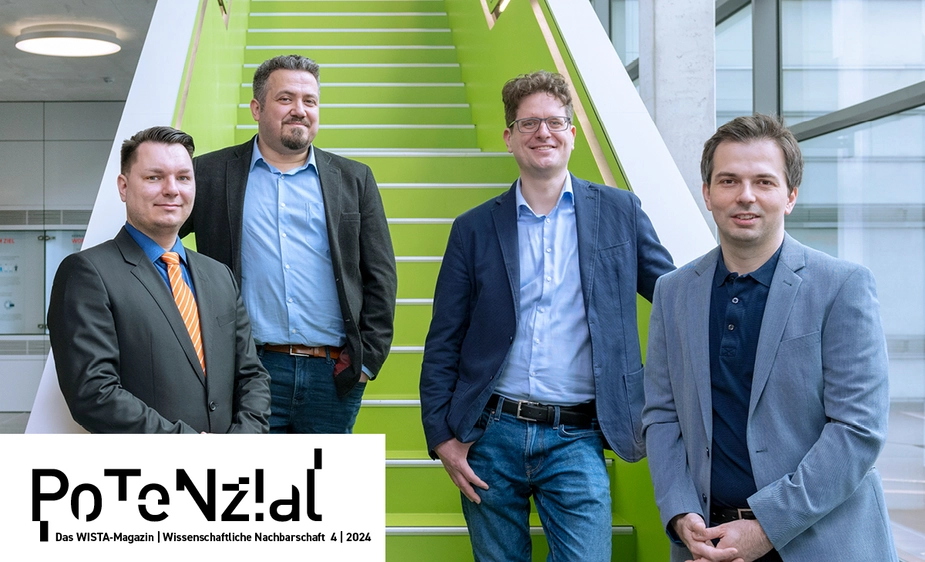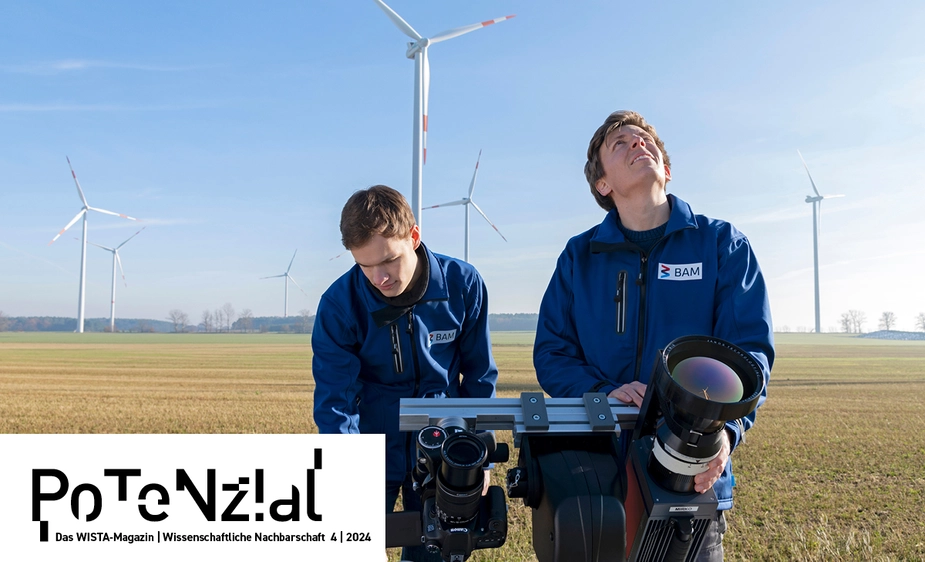In step with the times
The Federal Institute for Materials Research and Testing also helps with making innovation ready for the market
The brick building at the address Unter den Eichen 87 radiates history. Set in massive stone in Berlin-Lichterfelde, it demonstrates its status as a renowned government institution. “Federal Institute for Materials Research and Testing (BAM)”, it says in large letters above the entrance. Its history goes back 150 years to the Industrial Revolution, a time when bridges and factories were built from concrete and steel, pressure tanks were constructed, and large railway networks were developed for trains that would soon run on electricity.
“This would frequently result in accidents and so it became increasingly critical to conduct scientific experiments in materials testing. Moreover, a competent authority was required that was able to test inventions for their reliability,” says Oliver Perzborn, head of the communications and marketing division at BAM. Initially housed in sheds and cellars, these experimental facilities developed first into the Royal Prussian, then the National or State Materials Testing Office, or MPA. First based in Charlottenburg, it was possible to move to today’s headquarters in Lichterfelde early last century. Following the foundation of the Federal Republic, it was named the Federal Institute for Mechanical and Chemical Materials Testing in the 1950s and has been bearing its current name since 1987. It now has further branches on Fabeckstrasse in Dahlem as well as Adlershof. In addition, a testing facility for technical safety is located in Horstwalde, Brandenburg, for studies involving hydrogen as well as fire, drop, and detonations tests.
This range of facilities underscores the diverse tasks of the BAM, which can be divided into the topics of energy, infrastructure, environment, materials, chemistry, and process technology. “We are not only involved in testing, but we also conduct own research and seek to advance innovation. This frequently results in spin-off companies,” says Perzborn. A current example is the company True Detection Systems GmbH (TDS), based in Adlershof, which is developing a mobile and reliable detector for sniffing out explosives. To date, airports usually have stationary devices to do this. The few mobile types available on the market are very heavy and very costly to maintain and clean, says Mustafa Biyikal, an expert in chemical sensors at BAM. Moreover, the safety regulations are very complex due, in part, to the use of radioactive sources. With the support of his three TDS colleagues, Biyiklal now seeks to bring his mobile explosives detector, which weighs a mere 1.3 kilograms, to market. “The TDS spin-off is a good example of application-oriented research and the successful technology transfer from research into practice,” says the president of BAM, Ulrich Panne.
Another Adlershof-based facility is the Energy Competence Center Wind@BAM. They are developing a procedure that involves using a thermal imaging camera for early detection of erosion damage on the rotor blades of wind turbines. Until now, this required specialists to climb them, resulting in costs and downtime. With the new BAM procedure, it is possible to take pictures from the ground or with a drone, analyse them with artificial intelligence, and intervene before damage occurs.
Since its new establishment in the 1950s, the mission statement of BAM also includes strengthening the German economy. This requirement is met in the field of 3D printing, for example, which is now also being used in the industrial sector, specifically in mechanical and industrial engineering. In addition to cost-effective manufacturing, it now also allows producing safety-critical components. In doing so, it is always necessary to check for errors during printing. Medium-sized companies do not have the resources or the expertise to develop such procedures. Because of this, the BAM Competence Centre Additive Manufacturing develops several sensor techniques that are utilised to ensure the printing process is running smoothly.
It is not always easy to find staff to cover all these scientifically challenging projects, says Perzborn. BAM benefits from its good reputation as a scientific and technical departmental research institution of the federal government with attractive working conditions and its interdisciplinary approach that links very different experts working at BAM. It has a Welcome Center that makes it easier for international skilled workers to ease in. It also helps them find a place to live and deal with the bureaucracy. Young people at BAM are particularly motivated by the opportunity to deal with socially relevant issues such as climate change and other future issues. They include energy extraction using hydrogen and the expansion of wind power—finding solutions to the major challenges of our time. In addition to sustainable energy, this also includes machine learning and artificial intelligence. Major problems, which are sometimes called the Great Challenges, are jointly tackled. For instance: How can nanomaterials be brought to application quickly? One thing is for sure: The people at BAM are working in step with the times.
Dr. Paul Janositz for POTENZIAL
- BAM - Home page
- BAM spin-off develops lightweight explosives trace detector for mobile use
- Competence Center Wind@BAM



